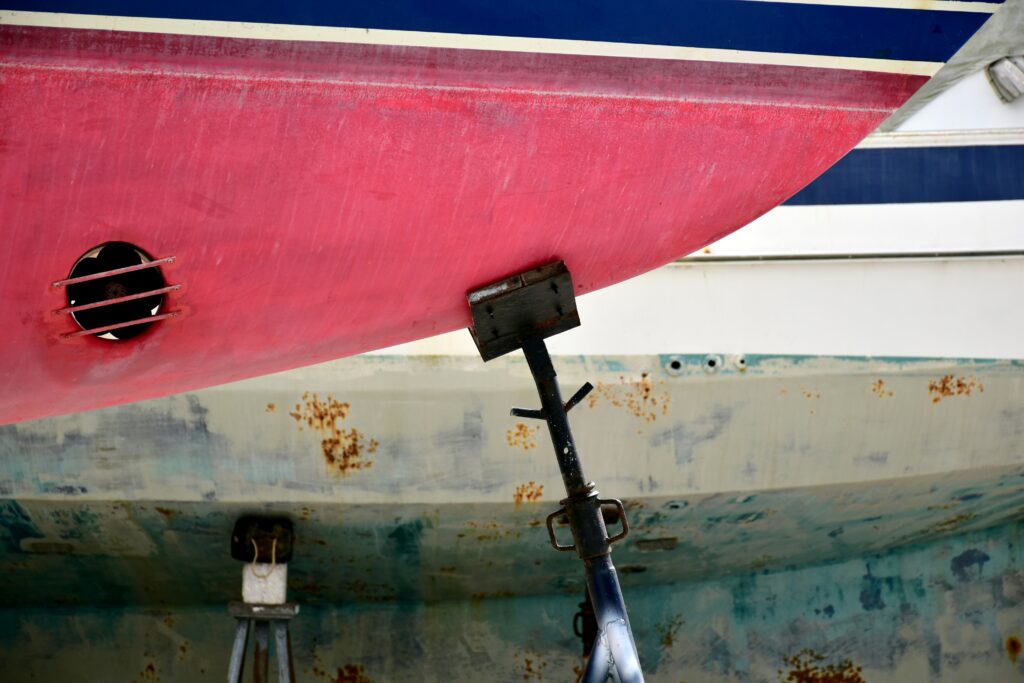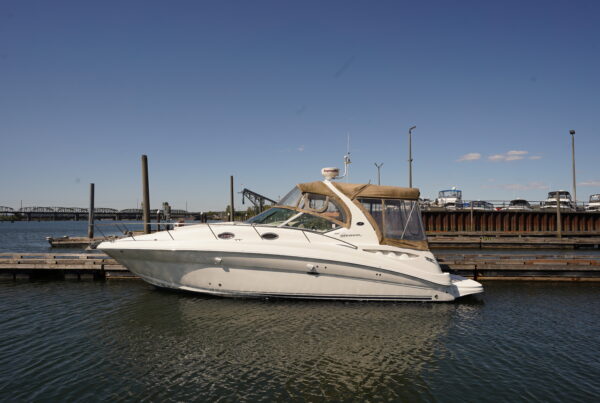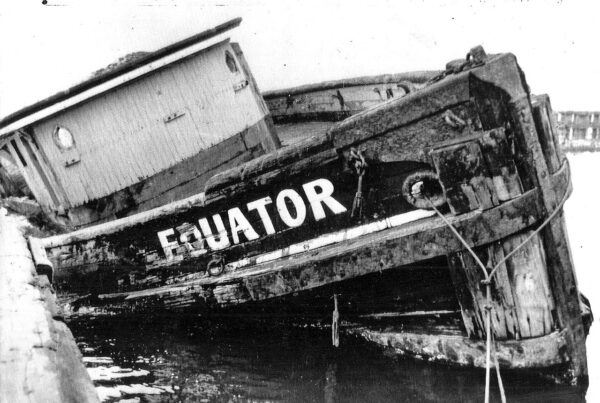Maintaining a boat is no small feat, with various systems and parts that need regular attention to maintain a safe and reliable vessel. One often overlooked aspect of boat maintenance is the use of sacrificial anodes, more commonly known as zincs.
Let’s explore the science behind zincs, how they work, where they are used on boats, and their vital role in preventative maintenance.

Understanding the Science of Galvanic Corrosion
To comprehend the importance of zincs/sacrificial anodes, we must first understand the process of galvanic corrosion. When two dissimilar metals are immersed in an electrolyte, such as saltwater, they create a galvanic cell. This cell causes electrons to flow from the more reactive metal (the anode) to the less reactive metal (the cathode), resulting in the corrosion of the anode. If left unchecked, this can lead to severe damage to critical components.
The Role of Zincs in Galvanic Corrosion
Zincs are made from a metal alloy that is more reactive than the metals commonly used in boat construction; such as bronze, brass, and stainless steel. By installing zincs as sacrificial anodes, they become the more reactive metal in the galvanic cell, sacrificing themselves to protect other critical boat components from corrosion, ensuring the integrity and longevity of your vessel.

Where to use Zincs:
Sacrificial anodes can be found in various locations on boats.
- Hull: Attached to the hull, especially in areas with metal components, such as through-hull fittings.
- Propeller shafts: Installed on propeller shafts to prevent corrosion and maintain the integrity of the shaft, ensuring smooth and efficient propulsion.
- Rudders: Rudders often have zincs installed to protect them from corrosion and ensure smooth steering.
- Trim tabs: Use on trim tabs to prevent corrosion and maintain proper functionality, helping to optimize your boat’s performance and stability.
- Heat exchangers: Zincs are used in heat exchangers to protect them from galvanic corrosion, ensuring efficient cooling of your boat’s engine and other systems.

Preventative Maintenance: The Importance of Zinc Inspection and Replacement
Regularly inspecting and replacing zincs is an essential part of preventative maintenance for boaters. Neglect can lead to costly repairs and compromise the safety and integrity of the vessel. To ensure your zincs are providing optimal protection:
- Inspection: Check regularly for signs of corrosion and replace them when they are more than 50% corroded. Monitor the rate of corrosion to determine how often you should inspect your zincs.
- Quality: Use high-quality anodes from reputable manufacturers to ensure optimal performance and longevity. Low-quality zincs may not provide adequate protection or last as long as their higher-quality counterparts.
- Size: Ensure the anodes you use are appropriately sized for your vessel. Anodes that are too small may not provide sufficient protection, while oversized zincs can lead to potential paint damage.
- Environment: Be aware of the water conditions in your area, as different types of zinc alloys may be more suitable for certain conditions. For example, aluminum anodes may be preferable in brackish water or areas with high zinc content.
Understanding the science behind zincs and their role in preventative maintenance is crucial for boaters looking to protect their vessels from galvanic corrosion. By incorporating regular zinc inspection and replacement into your boat maintenance routine, you can ensure that your vessel remains seaworthy and reliable for years to come. Investing time and resources in proper zinc maintenance will ultimately save you from costly repairs and help maintain the integrity of your boat.
Looking for a diver to help add or replace your zincs? Chris the Diver in Everett, WA has decades of experience and is our recommendation for all zinc and bottom cleaning in Washington.




